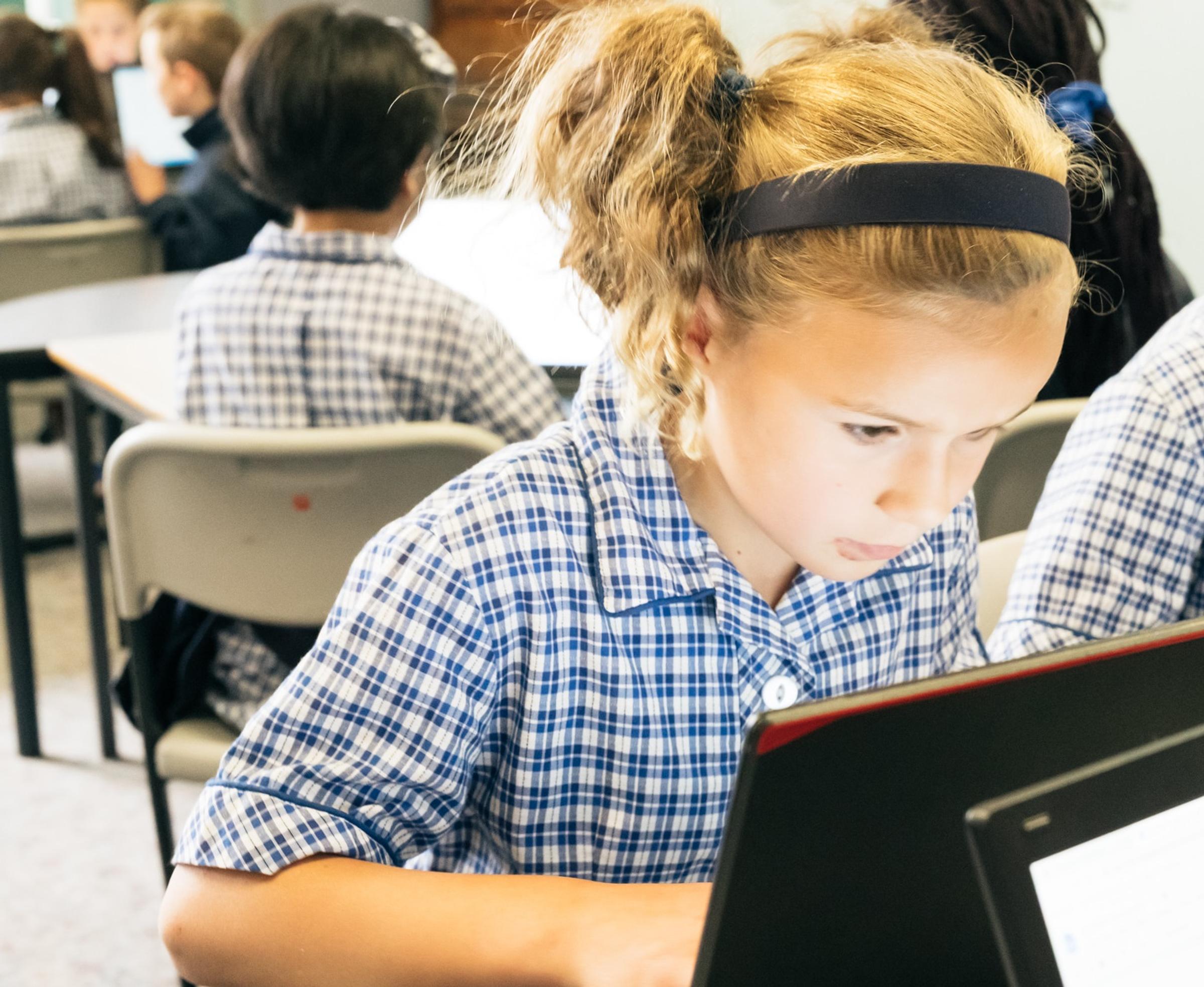eSafety

eSafety
I hope some of you were able to participate in one or both of the Office of eSafety Commissioner’s eSafety webinars last week. I found them most informative as they provided data about our young people’s use of the internet and strategies to help parents with the digital challenges and issues that they may face. Here are some points I took away from the webinars.
Helping Kids Thrive Online
94% of 3,500 parents surveyed considered their child’s online safety to be important. The wanted the online world for their child to be safe from harm and free for the child to participate in and express themselves.
The online safety issues parents were concerned about included: inappropriate content (not including pornography), 38%; contact with strangers, 37%; bullying, 34%; pornography, 33%; and, online addiction (time spent gaming online), 31%.
Some guides they gave to parents of primary students to make technology work for their family included, no technology for children - in the bedroom, before homework and for a specified time before sleep. They also advised that parents must know usernames and passwords for all games and should consider the appropriateness of the games that their child wanted to play.
The presenter discussed parental controls and privacy settings and the importance of charging devices overnight in a place that children can’t access. Many apps have settings and filters to prevent children from accessing or being accidentally exposed to inappropriate content. The eSafety Commissioner’s Guide found here – eSafety Guide - provides information about games, apps and social media and offers help with managing privacy and safety settings.
To build a child’s skills in managing online challenges they advised parents to support friendships online and offline, encourage activities that build positive self-identity, practise routines that promote health and balance, build confidence by encouraging children to share their knowledge and be realistic and optimistic.
Overall, we need to help children to be better at being supportive of themselves and their friends whilst online.
Tech, Teens and Time Online
Although this webinar was targeted at older children (12-18) there was pertinent information included as the issues that face teens are filtering down to middle and senior primary.
Data given in the webinar for 8-12 year olds for 2016/2017 regarding negative online behaviours showed that: 33% of these children/teens had experienced unwanted contact and content; 21% had received threats and abuse; 21% experienced social exclusion; and, 18% had some damage to their reputation or impersonation.
One frightening fact regarding inappropriate content was that 50% of 9 - 16 year olds (that’s our Year 3s+) have seen pornography online.
The building of online resilience to balance exposure to negative aspects of being online with positive and protective factors was stressed. It is important that we provide to our young people - support and modelling of good behaviours, building of skills and the provision of positive online experiences.
For more information please check the Office of eSafety Commissioner, eSafety for Parents site
Loretto Campbell
eLearning & STEM
